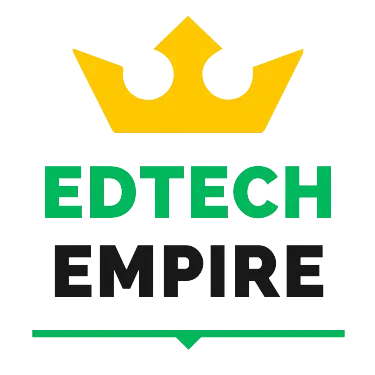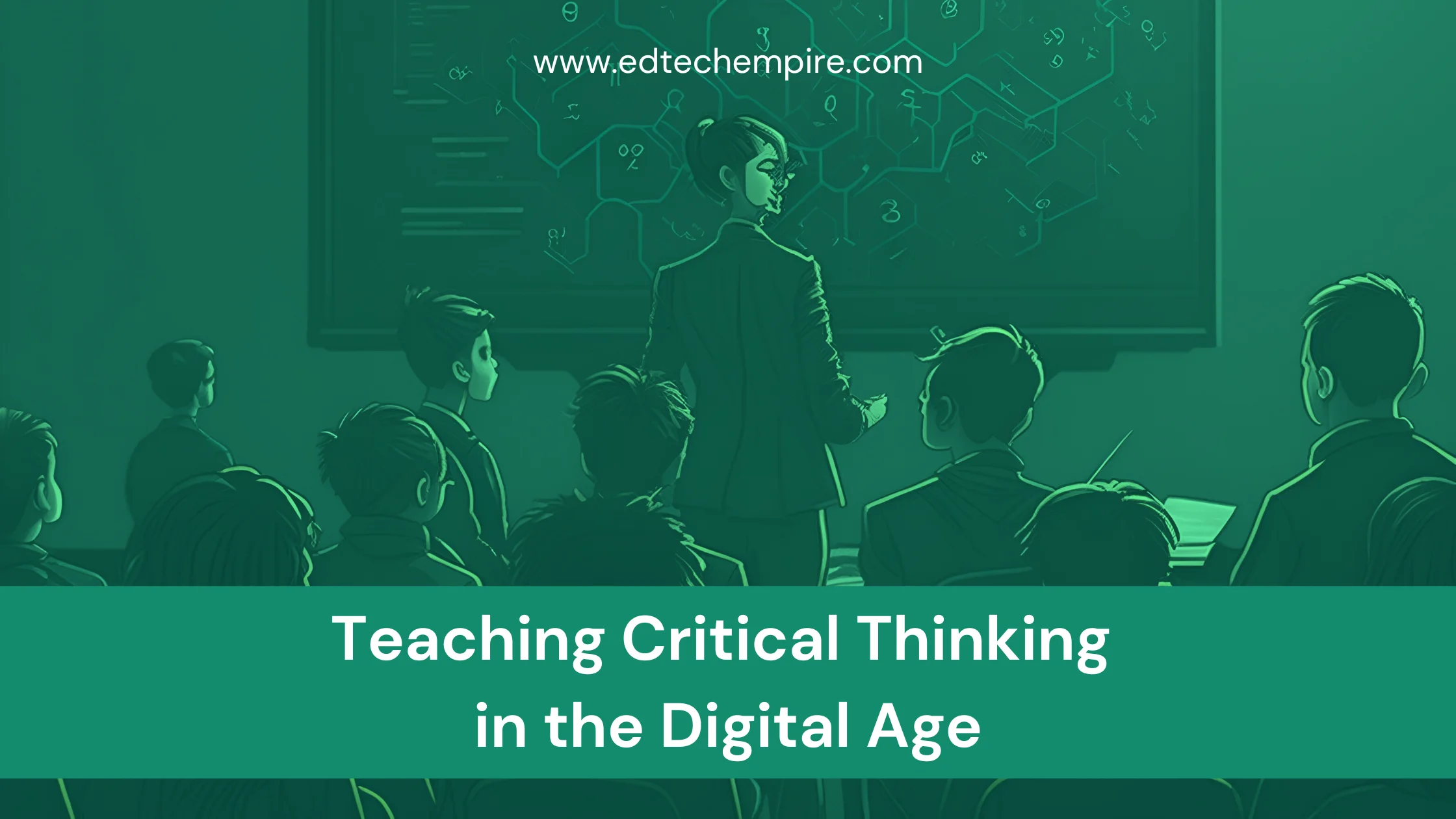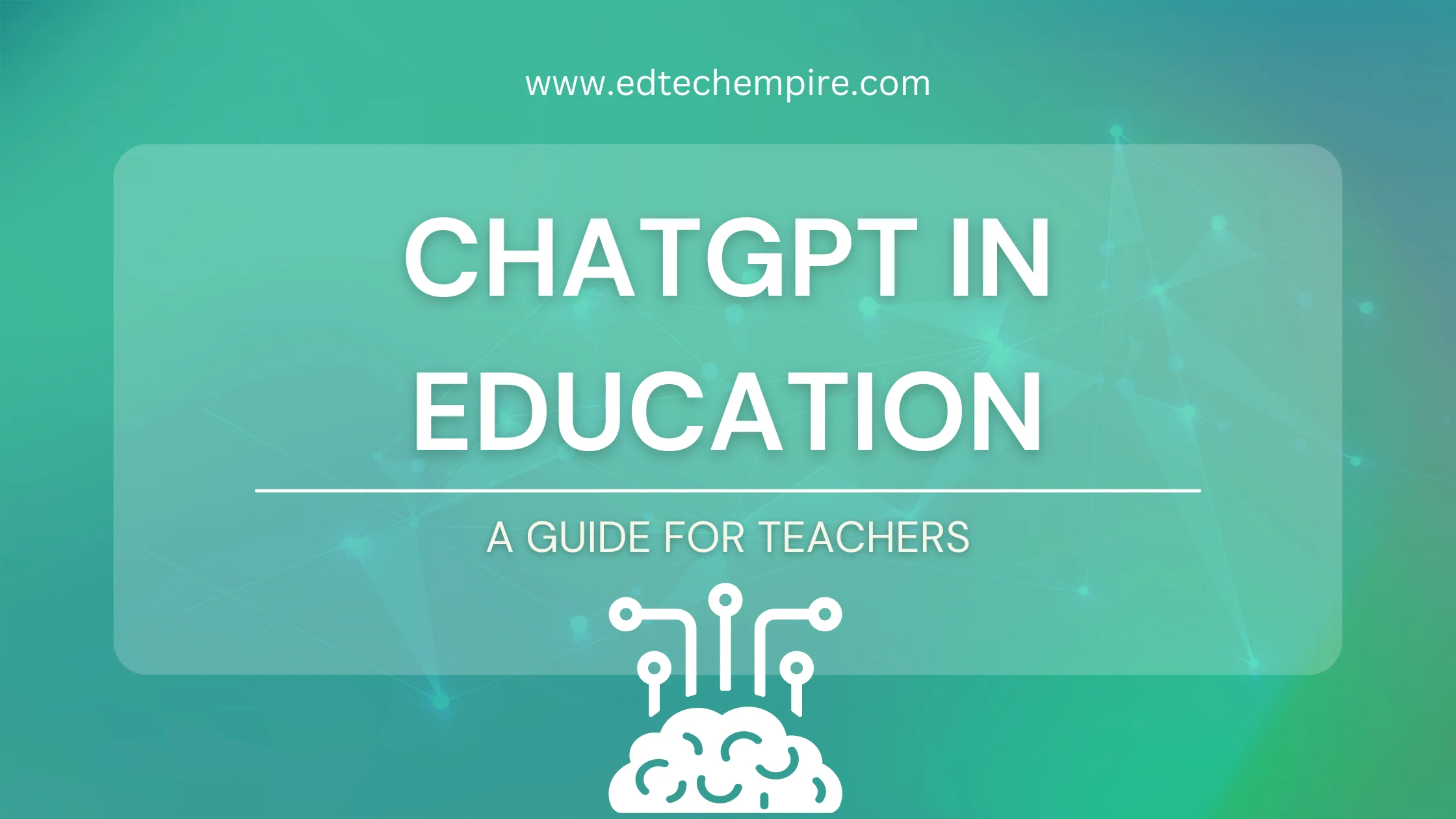![]()
Technology has transformed the way we learn and teach. The integration of technology in the classroom has revolutionized the education system, and it continues to evolve with each passing year. While technology offers numerous benefits, it also has its fair share of drawbacks. In this article, we will explore the pros, cons, best practices, and examples of technology in the classroom.
Table of Contents
- Why learn about Technology in the Classroom
- Technology in the Classroom Statistics
- Pros of Technology in the Classroom
- Cons of Technology in the Classroom
- Best Practices for Using Technology in the Classroom
- Examples of Technology in the Classroom
- Challenges of Implementing Technology in the Classroom
- Frequently Asked Questions and Answers (FAQs)
- What are the advantages of technology in the classroom?
- What are the disadvantages of technology in the classroom?
- How can technology be used to enhance student learning?
- What is the percentage of technology use in the classroom?
- How often is technology used in the classroom?
- How is technology effective in the classroom?
- What is the most used technology in the classroom?
- How many schools use technology in the world?
- Conclusion
Why learn about Technology in the Classroom
Technology in the classroom is important because it can make learning more fun and interesting for students and teachers. It can help students learn new things and skills that they will need in the future. Additionally, technology can help teachers teach better and easier with more options and tools. Technology can make learning more interactive and personalized for each student. Technology can also help students and teachers communicate and work together better.
But technology in the classroom is not always easy or perfect. Sometimes technology can be hard to access or use for everyone. Besides, technology can have problems or distractions. Also, at times, technology can be too much or too little for what we need. Technology in the classroom should not be the only thing we use, but something we use wisely and well to help us learn better.
Technology in the Classroom Statistics
Here is a table on the educational technology in classroom statistics sourced from the information available in the internet:
| Technology | Percentage of Use |
|---|---|
| Laptops | 86% of teachers use laptops in classrooms |
| Educational apps | 58% of teachers use educational apps |
| Social media | 41% of teachers use social media |
| 3D printers | 21% of teachers use 3D printers |
| Desktop computers | 48% of students use desktop computers in the classroom |
| Smartphones | 42% of students use smartphones in the classroom |
| Interactive whiteboards | 33% of students use interactive whiteboards in the classroom |
| Tablets | 20% of students use tablets in the classroom |
| E-learning | E-learning is the fastest-growing sector of the education industry, up 900% since 2000 |
The following infographic also shares the most important statistics on technology in the classroom. Feel free to share among other educators if you think this will inspire them to incorporate technology in the classroom!

If you want to learn more technology statistics that are relevant to education and classroom, we recommend looking into The State of Technology in Education by Promethean.
Pros of Technology in the Classroom
Enhanced Learning Experience
One of the most significant advantages of technology in the classroom is that it enhances the learning experience. Additionally, technology provides students with access to interactive and engaging content that makes learning more exciting and memorable. Multimedia resources such as videos, animations, and simulations can help students grasp complex concepts and ideas.
Increased Engagement and Motivation
Technology can increase student engagement and motivation in the classroom. Besides, technology allows for a variety of teaching methods, such as gamification, which can make learning more fun and engaging. Additionally, technology can help students personalize their learning experience, making it more relevant and interesting to them.
Personalized Learning
Technology provides the opportunity for personalized learning. With adaptive learning software, students can receive individualized instruction that is tailored to their needs and abilities. This means that students can work at their own pace and receive the support they need to succeed.
Access to a Wealth of Resources
Technology provides access to a wealth of resources, including online libraries, digital textbooks, and educational videos. This means that students can access information from anywhere, at any time, and on any device. This can be particularly helpful for students who do not have access to traditional resources, such as a school library.
Improved Collaboration
Technology can improve collaboration in the classroom. Online collaboration tools, such as Google Docs, allow students to work together on projects in real-time, no matter where they are. This can help students develop teamwork and communication skills that are essential for success in the workplace. Additionally, you can browse our blog post on how educational technology impacts social relationships to learn more about this topic.
Better Assessment and Feedback
Technology can improve assessment and feedback. With online assessment tools, teachers can easily track student progress and provide immediate feedback. This allows for more targeted instruction and helps students stay on track.
Cons of Technology in the Classroom
Technological Issues
One of the most significant drawbacks of technology in the classroom is technological issues. Technical problems can disrupt learning, causing frustration and anxiety for both teachers and students. Besides, technical issues can also be time-consuming to resolve, taking away valuable class time.
Distractions and Misuse
Technology can be a source of distraction and misuse in the classroom. With the abundance of social media and online games, students may be tempted to use technology for non-educational purposes during class time. Therefore, this can be a significant challenge for teachers, who must find ways to keep students focused and engaged.
Overreliance on Technology
Overreliance on technology can also be a disadvantage. Teachers may become too dependent on technology and neglect other teaching methods, such as hands-on activities or discussions. Additionally, students may become too reliant on technology and struggle with traditional teaching methods.
Cost
Another potential downside of technology in the classroom is cost. Purchasing and maintaining technology can be expensive, and not all schools have the budget to provide the necessary resources. So, this can create inequalities in access to technology, disadvantaged students who do not have access to the latest technology.
Inequalities in Access to Technology
Inequalities in access to technology can be a significant problem. Because, not all students have access to the latest technology, which can put them at a disadvantage. Additionally, students from low-income families may not have access to technology outside of school, limiting their ability to complete homework and engage in online learning activities.
Reduced Social Interaction and Physical Activity
Finally, technology can reduce social interaction and physical activity in the classroom. With the increased use of technology, students may spend less time interacting with each other and more time sitting in front of a screen. Additionally, students may miss out on opportunities for physical activity, such as playing outside or participating in sports.
Best Practices for Using Technology in the Classroom
To make the most of technology in the classroom, it is important to follow best practices. Here are some tips for using technology effectively in the classroom:
Determine the Purpose of Technology
Before integrating technology into the classroom, it is essential to determine its purpose. Teachers should consider the learning goals they want to achieve and how technology can help them meet those goals. This will help ensure that technology is used intentionally and effectively.
Incorporate Technology in the Classroom with Intentionality
It is essential to incorporate technology with intentionality. Teachers should carefully select technology tools and resources that align with their learning goals. Additionally, they should be mindful of how technology is used, ensuring that it is integrated seamlessly into instruction rather than being used as a standalone tool. We recommend that you also look into our blog post on emotional intelligence in incorporating technology in education for further refining your plan on incorporating technology.
Provide Adequate Training for Teachers
Teachers should be provided with adequate training to use technology effectively. This includes training on how to use specific technology tools and resources, as well as training on how to integrate technology into instruction effectively. This will help ensure that teachers feel confident and comfortable using technology in the classroom.
Establish Guidelines and Rules
It is important to establish guidelines and rules for using technology in the classroom. This includes rules for appropriate use of technology, as well as guidelines for internet safety and privacy. Teachers should also communicate these guidelines and rules clearly to students and enforce them consistently.
Encourage Active Participation
To make the most of technology in the classroom, it is essential to encourage active participation. Teachers should provide opportunities for students to interact with technology in meaningful ways, such as through collaborative projects or online discussions. Additionally, they should provide opportunities for students to create and share their own digital content.
Monitor and Evaluate Technology Use
Finally, it is important to monitor and evaluate technology use in the classroom. Teachers should collect data on how technology is being used and how it is impacting student learning. This will help them make informed decisions about how to adjust their use of technology to better support student learning.
We recommend that you also look into our blog post on how to choose education technology tools in the classroom.
Examples of Technology in the Classroom
There are many examples of technology in the classroom. Here are a few examples:
Digital Learning Platforms
Digital learning platforms are a common technology tool in the classroom. These platforms provide a variety of resources, including digital textbooks, interactive activities, and assessments. They can be used to supplement traditional teaching methods or to facilitate online learning.
Educational Apps
Educational apps are another example of technology in the classroom. These apps can provide interactive and engaging learning experiences for students. They can be used to reinforce concepts taught in class or to provide additional practice opportunities.
Interactive Whiteboards
Interactive whiteboards are a popular technology tool in the classroom. These boards allow teachers to display and manipulate digital content, making it easier to engage students and facilitate discussions. Besides, they can be used to provide interactive activities and assessments.
3D Printing as Technology in the Classroom
3D printing is a newer technology tool in the classroom. This technology allows students to create three-dimensional objects, which can be used to reinforce concepts taught in class or to explore new ideas. 3D printing can be used in a variety of subjects, including science, math, and art.
Virtual and Augmented Reality
Virtual and augmented reality are becoming more prevalent in the classroom. These technologies provide immersive and engaging experiences for students. They can be used to explore historical sites, simulate scientific experiments, or provide virtual field trips. If you would like to learn more about this topic, we recommend reading our blog post on extended reality in education.
Challenges of Implementing Technology in the Classroom
Implementing technology in the classroom can be challenging for many reasons. Some of the challenges are:
Access and equity
Not all students and teachers have the same access to technology or the internet. Some may not have devices, software, or connectivity at home or at school. This can create gaps and barriers in learning and teaching. Therefore, technology should be accessible and affordable for everyone who needs it.
Content and quality
Not all technology or online resources are reliable, accurate, or appropriate for learning. Some may have errors, biases, or harmful content. Teachers and students need to be able to evaluate and select the best technology and online resources for their learning goals and needs. Therefore, technology should be relevant and trustworthy for learning.
Screen time and balance
Too much technology or screen time can have negative effects on health, well-being, and social skills. Besides, some may experience eye strain, headaches, sleep problems, or isolation. Teachers and students need to be able to balance their technology use with other activities and interactions. So, technology should be used moderately and responsibly for learning.
Teacher effectiveness and training
Not all teachers are comfortable or confident with using technology in the classroom. Some may lack the skills, knowledge, or support to use technology effectively and creatively. Teachers need to be able to integrate technology into their pedagogy and curriculum in meaningful ways. However, technology should be used to enhance and not replace teaching. Read our blog post on how to improve technology skills as a teacher, if you wish to self-improve your technology skills.
Additionally, you may also look into our blog post on how to incorporate technology into lesson plans as it can also be a very challenging and important task as an educator.
Frequently Asked Questions and Answers (FAQs)
What are the advantages of technology in the classroom?
Advantages of technology in the classroom include increased access to resources and information, improved student engagement and motivation, and enhanced learning experiences.
What are the disadvantages of technology in the classroom?
Disadvantages of technology in the classroom include technical issues and disruptions, distractions and misuse, overreliance on technology, cost, inequalities in access to technology, and reduced social interaction and physical activity.
How can technology be used to enhance student learning?
Technology can be used to enhance student learning by providing access to a variety of resources and information, facilitating active participation and engagement, and providing immersive and interactive learning experiences.
What is the percentage of technology use in the classroom?
Technology is very common in the classroom today, with almost all teachers (95 percent) using it in some way. A global survey of 15-year-olds showed that about half of them use a desktop computer in the classroom, and many also use smartphones, interactive whiteboards, and tablets.
How often is technology used in the classroom?
Technology is used in the classroom every day by most K–12 teachers (63 percent), and this number has increased since 2016. The amount of technology used may change depending on the device, the subject, and the resources available. For example, a study found that students who used laptops or tablets every day or almost every day did better in reading than those who used them less than once a week.
How is technology effective in the classroom?
Technology can be effective in the classroom when it helps students learn at their own pace, saves time for teachers, and prepares students for the digital world. Moreover, Technology can make learning more fun, interactive, cooperative, and creative. However, the effectiveness of technology depends on how it is used, and how it is part of the learning process. Moreover, some studies have shown that technology can have a negative effect on student outcomes when it is used for entertainment, distraction, or passive consumption.
What is the most used technology in the classroom?
The most used technology in the classroom is laptops, according to 86 percent of teachers who say they use them in classrooms the most. Laptops are followed by smartphones (58 percent), educational apps (41 percent), social media (21 percent), and 3D printers (6 percent). The type of technology used may vary depending on the grade level, curriculum, and teacher preference. Some technologies may be more suitable for certain subjects or activities than others. For example, interactive whiteboards may be more useful for math or science than for language arts or social studies.
How many schools use technology in the world?
There is no definitive answer to this question, as different sources may have different ways of measuring technology use in schools. However, some estimates and trends suggest that technology use in schools is increasing, especially in developed countries, and that it can have positive impacts on learning outcomes, but also pose some challenges and inequalities. Technology use in schools can include devices such as laptops, tablets, interactive whiteboards, as well as software and online platforms for learning and teaching.
Conclusion
Technology has both pros and cons in the classroom. While it can provide a wealth of resources and opportunities for students, it can also be a source of distraction and misuse. Therefore, To make the most of technology in the classroom, it is important to follow best practices, provide adequate training, and monitor and evaluate its use. With intentional use and thoughtful implementation, technology can enhance student learning and engagement.
Khondker Mohammad Shah-Al-Mamun is an experienced writer, technology integration and automation specialist, and Microsoft Innovative Educator who leads the Blended Learning Center at Daffodil International University in Bangladesh. He was also a Google Certified Educator and a leader of Google Educators Group (GEG) Dhaka South.















Leave a Reply